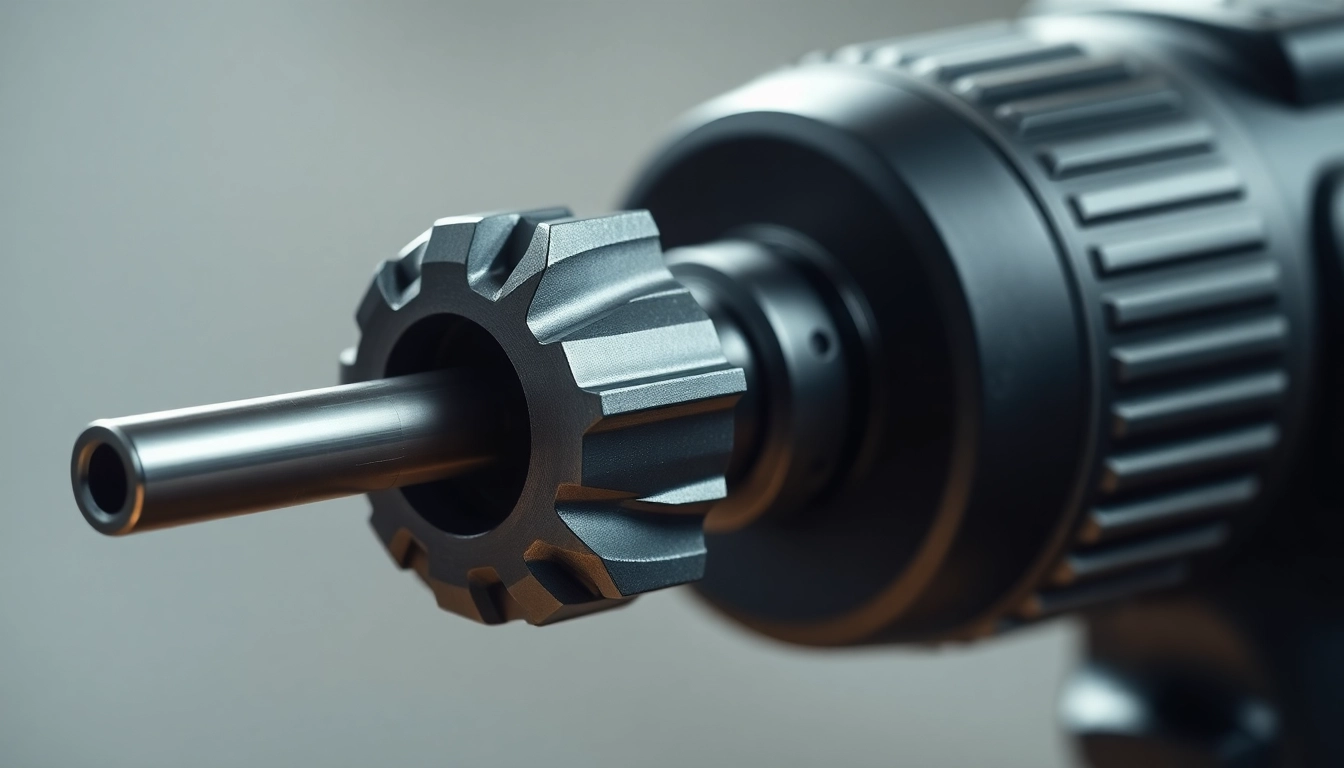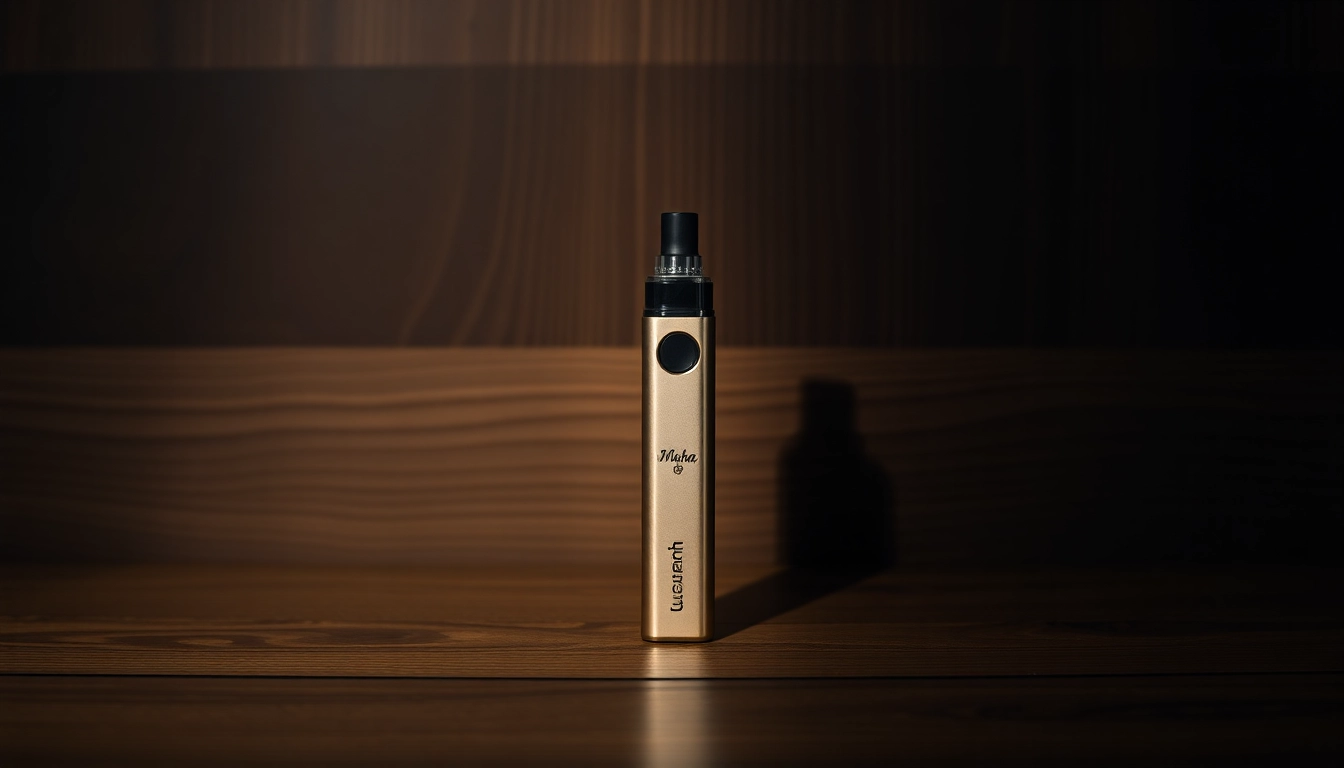Understanding Drill Chucks
In the world of drilling, the drill chuck serves an essential purpose, acting as the grip that holds the drill bit securely in place. This fundamental tool comes in various configurations, each designed to suit different needs and equipment standards. Understanding what a drill chuck is, its types, and the features to consider when selecting one can significantly enhance your drilling efficiency and projects’ success.
What is a Drill Chuck?
A drill chuck is a clamping device used on power drills and other rotary tools to secure drill bits or other cutting instruments. It allows for the quick swapping of bits without the need for additional tools, facilitating smooth operation and improved productivity in both hobbyist and professional settings. Drill chucks can be categorized into keyed, keyless, and specialized varieties, each catering to different user preferences and operational demands.
Types of Drill Chucks
The market offers several types of drill chucks, each with unique characteristics:
- Keyed Chucks: These use a key for tightening or loosening the grip on the bit. They provide a strong hold and are ideal for heavy-duty tasks but require additional time to change bits.
- Keyless Chucks: Allow for rapid bit changes without additional tools, making them convenient for users who frequently switch bits. However, they may not provide the same level of grip under heavy loads.
- Hybrid Chucks: Combine features of both keyed and keyless designs, offering versatility for various applications. They provide a balance between ease of use and stability.
- Specialized Chucks: Designed for specific tasks such as a live center chuck for lathe work or a collet chuck for precision tasks, thus catering to niche applications.
Key Features to Look For
When selecting a drill chuck, several features can impact performance and usability:
- Grip Strength: The ability to hold the bit firmly is crucial, especially for high-torque applications.
- Size Compatibility: Ensure the chuck fits your drill’s spline size and can accommodate the intended bit sizes.
- Material: High-tensile materials enhance durability, while corrosion-resistant finishes prolong the chuck’s lifespan.
- Ease of Use: Keyless designs facilitate fast changes, while ergonomic designs improve comfort during frequent use.
Benefits of Using a Quality Drill Chuck
Improved Accuracy and Precision
Quality drill chucks significantly enhance drilling accuracy, reducing bit wobbling and resulting in cleaner, more precise holes. Features such as superior grip and better alignment capabilities minimize errors during drilling, crucial for tasks requiring high precision, like woodworking or metalworking.
Enhanced Tool Versatility
A high-quality drill chuck can accommodate various drill bit sizes and types, making it easier for users to adapt their tools for different tasks. This versatility is invaluable in settings such as workshops where different projects may demand specialized bits.
Long-Term Cost Savings
Investing in a quality drill chuck can lead to significant savings over time. Durable chucks withstand more use and provide better bit performance, thus reducing the frequency of replacements and maintenance needs. This long-term efficiency can translate to lower overall project costs.
How to Select the Right Drill Chuck
Compatibility with Your Drill
Choosing the correct drill chuck begins with understanding the compatibility with your power drill. Most drills fall into specific spindle sizes—commonly 3/8″ or 1/2″—and each chuck you consider should be compatible with the drill type. Reference your manufacturer’s specifications when selecting a chuck model.
Material and Durability Considerations
The materials used in the chuck construction should be robust enough to handle the intended work. Look for options that feature hardened steel for longevity and wear resistance. Additionally, check for corrosion-resistant coatings to ensure a long lifespan, particularly in industrial environments where exposure to various elements is common.
Budget vs. Quality: What to Consider
Quality often comes at a higher price, but when it comes to drill chucks, skimping on cost can lead to poor performance and frequent replacements. Balance your budget against the expected workload and required performance. Professional-grade tools can provide better longevity and function, justifying the investment over time.
Installation and Maintenance of Drill Chucks
Step-by-Step Installation Guide
Installing a drill chuck involves the following steps:
- Remove the Old Chuck: Use the appropriate key or tool to loosen and unscrew the old chuck.
- Prepare the New Chuck: Ensure that the new chuck is clean and free of debris.
- Attach the Chuck: Thread the new chuck onto the spindle, tightening securely but being cautious not to over-torque it.
- Test the Tightness: Ensure the chuck is secured properly and is functioning without excessive play.
Maintenance Tips for Longevity
Proper maintenance is crucial for keeping your drill chuck in optimal condition:
- Regular Cleaning: After each use, wipe down the chuck to remove debris or dust that could impede performance.
- Check for Wear: Regularly inspect the grip and housing for any signs of wear or damage and replace as necessary.
- Lubrication: Periodically apply lubricant to the moving parts of keyless chucks to ensure smooth operation.
Common Issues and Troubleshooting
Users may encounter various issues, including:
- Bit Slippage: This can often be resolved by adjusting the chuck properly or replacing worn-out parts.
- Difficulty in Changing Bits: If a keyless chuck becomes sticky, lubrication or cleaning might be required.
- Excessive Wobble: Ensure the chuck system is tight and check the alignment of the bit.
Comparative Analysis: Top Drill Chucks in the Market
Feature Comparison Table
| Chuck Model | Type | Max Bit Size | Material | Price | Features |
|---|---|---|---|---|---|
| Albrecht 30-J1 | Keyless | 3mm Thru-Hole | Hardened Steel | $150 | Precision engineering, high accuracy |
| WEN LA164K | Keyed | 5/8 in. | Alloy Steel | $20 | Heavy-duty construction, affordable |
| Jacobs 13mm | Keyless | 1/2 in. | Carbon Steel | $50 | Versatile and dependable |
User Reviews and Expert Recommendations
When selecting a drill chuck, user reviews provide a wealth of information regarding performance in real-world conditions. For instance, many users praise the Albrecht model for its durability and precision, making it an excellent choice for professionals. In contrast, the WEN chuck stands out for DIY users seeking reliable, cost-efficient options.
Conclusion: Which Drill Chuck is Right for You?
In summary, the right drill chuck for you depends on your specific needs, including the type of work you undertake, your budget, and the tools you already own. Ensuring compatibility, assessing features, and understanding the benefits of quality can lead to better performance and results in your projects. In light of your drilling requirements, investing in the right drill chuck can open avenues for enhanced efficiency, precision, and versatility in your tasks.



